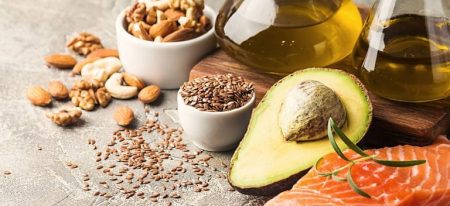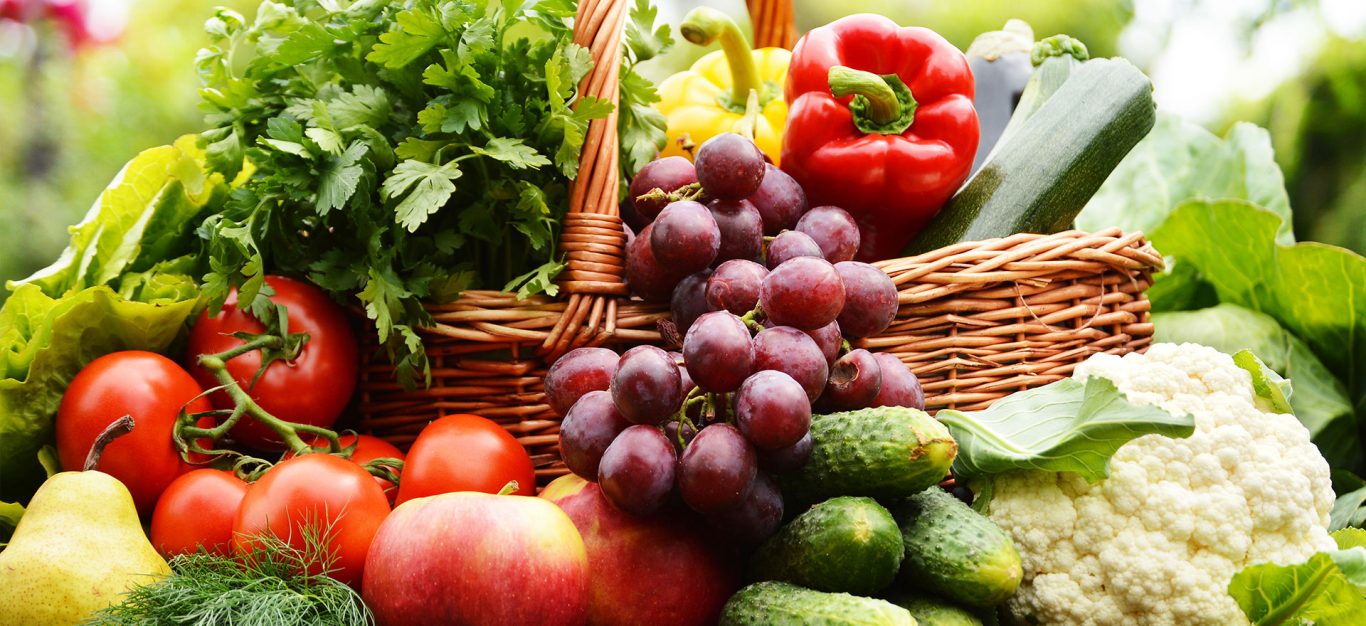Top tips for reducing cholesterol
Changes to your diet and lifestyle are best when they start small. Here are some suggestions to get you started.

You can stay on top of your cholesterol and keep balance while still enjoying wonderful food. Making switches is a simple way to do this without having to make big changes to your diet or lifestyle. There are other small changes you can make too.
Try running through our checklist to see if there are any you could start with today.
1. Try new things in your everyday diet – Plant stanols
Can you introduce more cholesterol-lowering foods?
Plant stanols are naturally found in small amounts in plant foods such as wholegrains, nuts, seeds, fruit, vegetables, beans, lentils and vegetable oils. But they’re also added to some foods in larger amounts, such as yogurt drinks, yogurts, spreads, soft cheese and cereal bars.
The reason plant stanols are so important for cholesterol lowering is thanks to their ability to partially block cholesterol (both cholesterol produced by the body and the cholesterol found in food) from being absorbed into the blood stream from the gut. Normally, about 50% of cholesterol is absorbed from the digestive tract into the blood stream, but when plant stanols are taken, it drops to just 20% [1, 2]. This lowers cholesterol in people suffering with raised blood cholesterol. High cholesterol is a risk factor in the development of coronary heart disease.
Plant stanols have been rigorously researched and tested and more than 80 independent clinical studies show they’re effective at lowering cholesterol [3]. No surprise then that guidelines around the world recommend people with high blood cholesterol include plant stanols as part of an overall eating plan that will help to reduce cholesterol [4].
2. Know your food – Saturated fat
Get to know which foods are high in saturated fat – and choose them less often
Saturated fat is found in high-fat dairy foods (such as cream, whole milk, hard cheese, butter), in fatty cuts of meat and in cakes and pastries.
Eating these foods a little less often, and making switches – like swapping out butter for cholesterol lowering spread – are changes you can make that will add up. And you can do this while still enjoying wonderful foods.
Quick guide:
High in saturates: more than 5g of saturates per 100g
Low in saturates: 1.5g of saturates or less per 100g
Get wise to hidden saturated fats
Saturated fats may also be ‘hidden’ in some convenience foods, so by checking nutrition labels on food packaging you can choose products that are lower in saturated fat.
Small changes like this can all help bring you closer to the recommended target. As a guide, women should aim to eat no more than 20g saturated fat per day and men no more than 30g.
Try switching saturated fat with unsaturated (‘good’) fat
Unsaturated fat is better for your heart health and is found in a wide range of tasty and versatile foods. These include nuts, seeds and vegetable oils (e.g. olive, rapeseed, sunflower) & spreads made from these.
This means you can keep your heart happy with a variety of ingredients to choose from. While nuts and seeds make a good heart happy snack, they also contain a lot of calories so try not to have too many if you’re watching your weight.
Choose healthier cooking methods
Grilling, steaming, boiling and baking use less fat than frying, so you can cook up a storm with some of your favourite foods while cutting back on saturated fats. You can also cook and bake with olive oil, rapeseed oil or cholesterol lowering spreads which are healthier than using butter.
3. Eat more of the good stuff
Can you eat more fruit, vegetables and fibre-rich foods?
Aim to eat at least 5 portions of fruit and vegetables a day. This will provide you with fibre and a range of vitamins – while also keeping your plate varied and colourful.
Some fruit and veg also contain soluble fibre which can help lower cholesterol. Other foods that contain soluble fibre include oats, beans, peas, lentils and chickpeas, so you can keep it interesting by mixing it up.

Go for the wholegrain option
People with a healthy heart tend to eat more wholegrain foods; so, try choosing wholemeal/wholegrain/whole wheat varieties of bread, rice and pasta whenever possible.
References:
1.Gylling H, Miettinen TA. Effects of inhibiting cholesterol absorption and synthesis on cholesterol and lipoprotein metabolism in hypercholesterolaemic dependent diabetic men. J Lipid Res 1996; 37: 1776-1785.
2. Gylling H, Radhakrishnan R, Miettinen TA. Reduction of serum cholesterol in postmenopausal women with previous myocardial infarction and cholesterol malabsorption induced by dietary sitostanol ester margarine-Women and dietary sitostanol. Circulation. 1997; 96:4226–31.
3. Gylling H et al. Plant sterols and plant stanols in the management of dyslipidemia and prevention of cardiovascular disease. Atherosclerosis 2014; 232(2): 346-360.
4. Catapano et al. ESC/EAS Guidelines for the management of dyslipidaemias. Atherosclerosis 2016; 253: 281-344.
